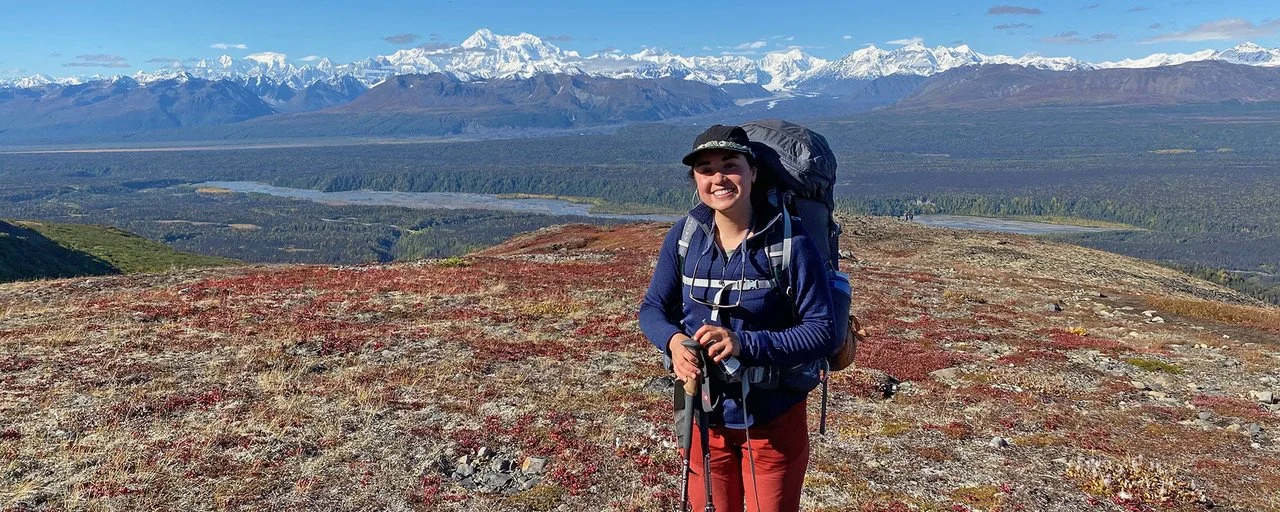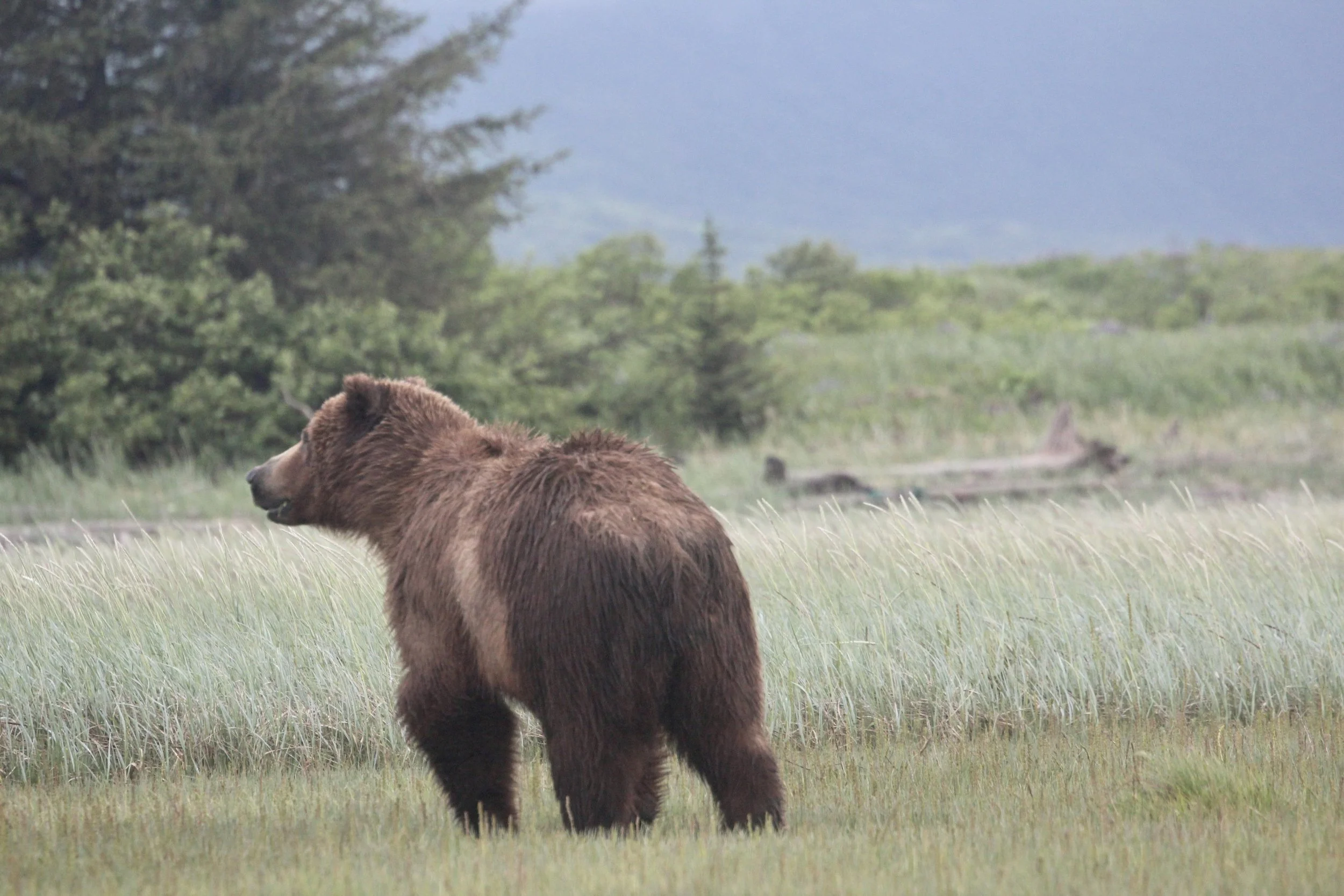Our two-week program in the Alaska Range and Chugach Mountains provides an ideal canvas for an immersive field course on the pressing issues of our time. In a state that relies heavily on exporting its natural resources, including fish, mined products, and oil, Alaska is an excellent case study to study the impacts of anthropogenic and natural activities on air quality and climate change. During the program, we will discuss the basics of atmospheric science and visit an air quality monitoring station. We will also set up visible emissions monitoring equipment and learn techniques for measuring the opacity of particulate matter. Our goal here is to deepen our knowledge through hands-on learning of what meteorological variables are necessary for studying air pollution-related concerns. In addition to learning the methods and collecting field data, we will also focus on interpreting that data and how best to extract valuable insights that could inform strategies for public health and policy.
In the second half of the program, Denali National Park will serve as an opportune field site for a comprehensive exploration of Regional Haze. We will delve deeper into the Clean Air Act’s mandate to eliminate haze pollution in national parks and wilderness areas. The EPA’s Regional Haze Rule was established to address air pollution from coal-fired power plants and industrial sources that harm visibility in designated national parks and wilderness areas, otherwise known as Class I areas. The team will review aspects of Alaska’s State Implementation Plan which details how they will comply with the Regional Haze Rule and improve visibility in Denali National Park and Preserve.









